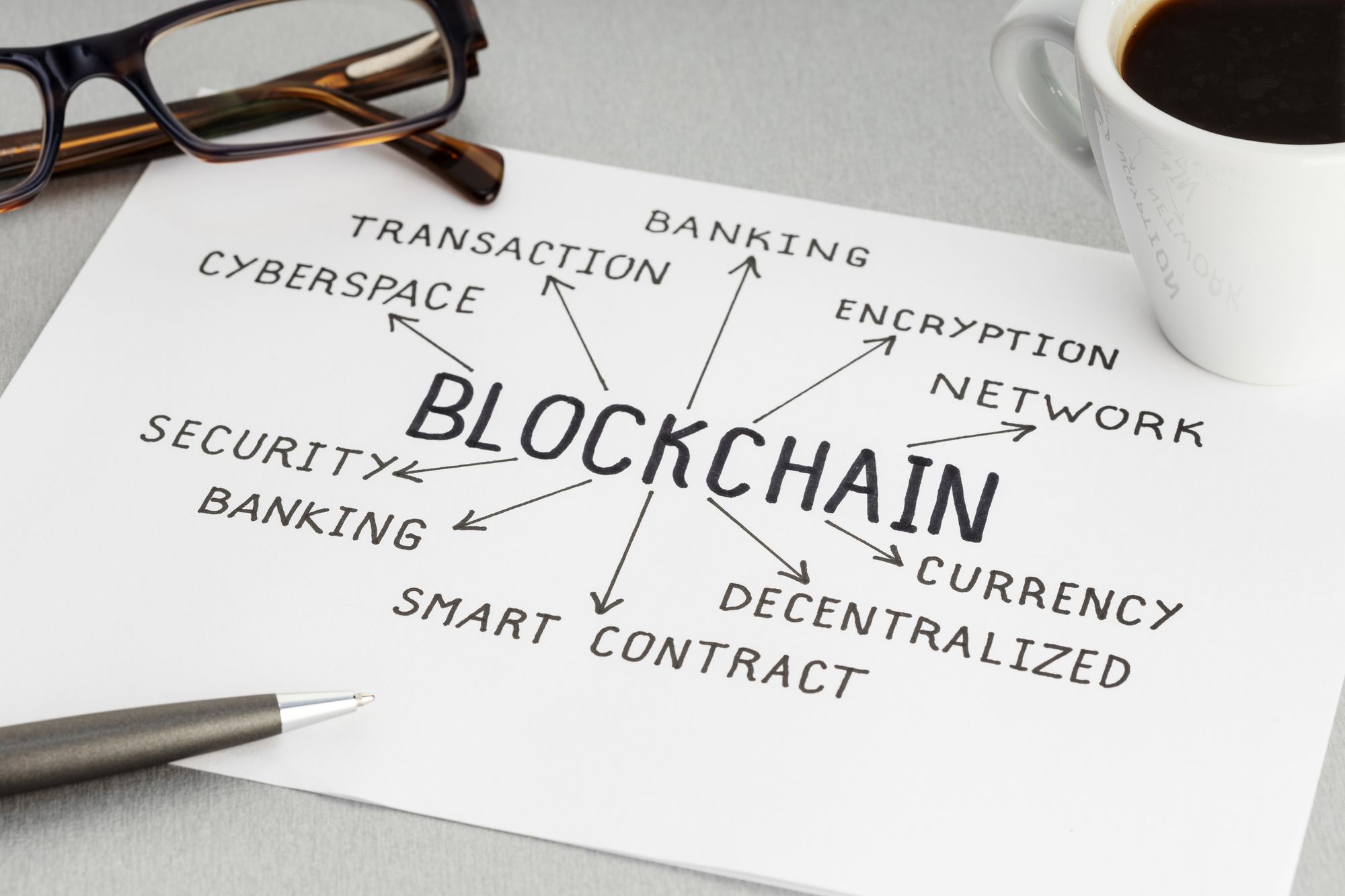Blockchain: developments in Ethereum

Ethereum is what allows programmers to develop and deploy decentralized applications (dApps).
In our blog we have already talked about Smart Contracts, Web 3.0, dApps, but; we haven't yet told you how all this becomes a reality, that is, how it develops. For this, we must know what Ethereum is and what its connection to the Blockchain is.
What is Ethereum?
It is a decentralized network and although it is a term that has gained popularity recently, it was created a few years ago (2015). It is based on blockchain technology in order to develop decentralized applications, that is, it does not depend on any government or regulatory body.
The Ethereum network has different cryptocurrencies and tokens, however, the most popular is Ether (ETH) being one of the most relevant in the market. A very important feature of Ethereum and also one of its main contributions to blockchain technology is the use of smart contracts, which allow transactions made through blockchain to be validated in a very agile, decentralized and secure way.
Connection with Blockchain technology
As we explained before, together with the appearance of Ethereum smart contracts arrive and these are "saved" in the blockchain, making them immovable, non-modifiable, in short... safer.
Let's see it with an example. You request work to be done, and that work costs 3 Ether. Well, that "work" would be linked to a smart contract in which it would be reflected that, if X person does that work for Y, 3 Ether will be sent. This is sealed and immovable in the blockchain of the Ethereum network.

An important fact is that Ethereum technology can also be used to launch other cryptocurrencies. Thanks to the ERC20 token standard, other developers can issue their own versions of this token. With this fundraising strategy, token issuers set the money they want to raise, offer it in a crowdsale, and receive Ether in return.
Developments in Ethereum
Throughout the article we have mentioned smart contracts, so we will use them as an example to explain how developments in Ethereum work.
The language used to develop these contracts is called Solidity, which is very similar to JavaScript, so the learning curve is minimal. These contracts (smart contracts), once developed, need to be compiled, resulting in the bytecode. The latter will be sent to the block chain in the form of a transaction, creating an instance of the contract in the network, which can thus be used by its users.
All nodes have an Ethereum virtual machine called Ethereum Virtual Machine (EVM) installed, which is capable of executing the Bytecode code of smart contracts.
A distributed application on Ethereum is made up of three parts:
- The distributed data that makes up the blockchain.
- The logic of smart contracts.
- A client application that connects to our network and calls our smart contracts.
Some successful projects based on Ethereum
- Decentraland: virtual reality video game with its own token (mana) and sale of virtual land.
- Gods Unchained: Digital Trading Card Video Game.
- CryptoKitties: video game that allows you to collect and breed virtual cats.
- USDC: stablecoin cryptocurrency at 1:1 parity with the US dollar.
- Uniswap: decentralized exchange that allows you to exchange cryptocurrencies without an order book, but with a new system called liquidity pools. It was one of the fastest growing DeFi projects in 2020.
DApps vs smart contracts
DApps are decentralized applications built on top of Ethereum and share similarities with smart contracts, but also some important differences.
Like smart contracts, a dApp is an interface that connects a user to a provider's service through a decentralized network. But, while smart contracts need a fixed number of participants to be created, dApps have no user limit. Furthermore, they are not only limited to financial applications like smart contracts: a dApp can have any purpose one can think of, for example, new types of money and digital assets, uncensorable web applications and decentralized organizations.
In conclusion, we can say that the Ethereum proposal and its blockchain-based developments focus on the idea of security and decentralization. There is still a long way to go within these new technologies and it is most likely that they will continue to be perfected day after day.
If you liked this article, subscribe to our blog.
Remember that you can find us on Instagram, Facebook and Twitter as @esauriook
On LinkedIn as e•Saurio

